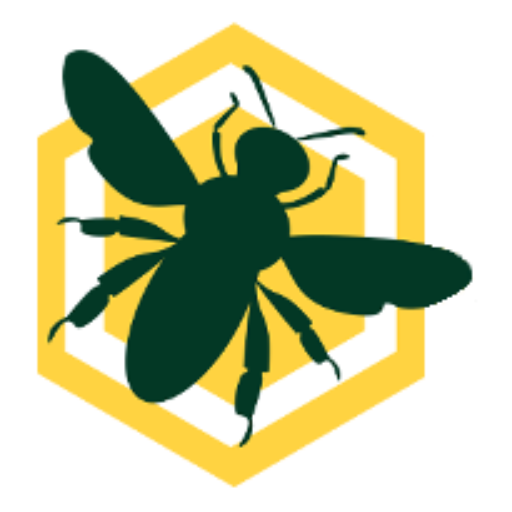We are excited to now be underway in the 2022-2023 survey sampling period. It will run through the summer, fall, and (in one or two states) winter, before finishing up next spring 2023.
Throughout the years, 47 states, plus the District of Columbia, Guam, and Puerto Rico, have participated in the survey. For this current sampling period, we have 40 participants (our all-time high has been 42 participants). That means inspectors will be collecting 24 composite samples taken from eight colonies each (48 composites for California). That is almost 8,000 colonies we will screen for emerging threats to the country’s honey bee populations, as well as collecting the colonies’ pest and pathogen health data.
So as this survey year begins, we thought we would share a few entertaining participation trivia.
Question 1: How many and which states were with us during the pilot in 2009 and have continued since then? Three: California, Florida, and Hawaii. But since those humble beginnings thirteen years ago, the survey has expanded across the US and territories.
Question 2: How many and which states have participated every year since 2010? Ten. Alabama, California, Florida, Georgia, Indiana, Michigan, New York, Pennsylvania, South Dakota, and Texas. We are glad to see all of these states participating again in the 2022-2023 survey. It does hurt that Hawaii missed one year in 2017, but they are definitely one of the states in the next question.
Question 3: How many states are now participating in at least their 10th year of the survey? 24. Next year, two more states and Guam can join the Decade Club.
Question 4: Which three states have not yet participated in the survey? Arizona, Rhode Island, and Wyoming. We would love to see you join next year!
The survey is a success because of the participation throughout the states and territories. Consistent widespread participation will also help us paint a clearer picture of honey bee health trends across years, regions, and seasons. We are grateful for the contribution from our country’s beekeepers and the hard work from AIA members and the Bee Informed Partnership in collecting these priceless samples.
